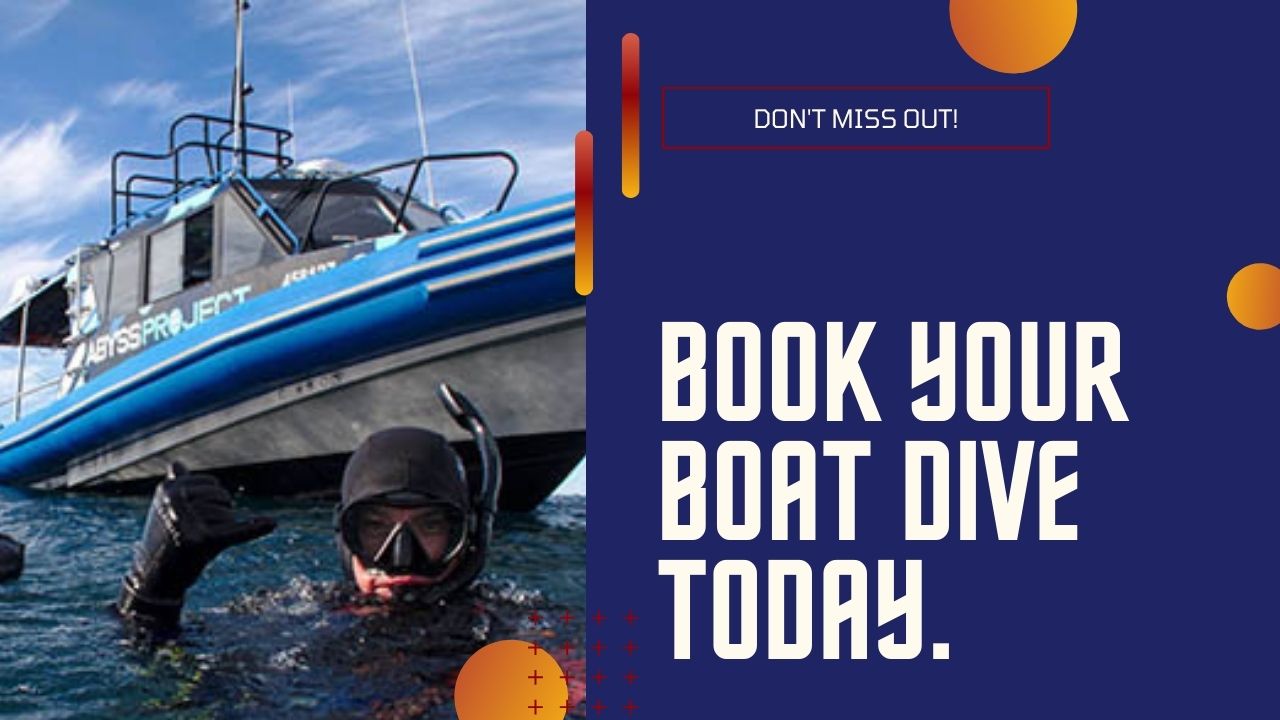You have 0 product(s) in your cart.
Abyss Scuba Diving
Surface And You Cannot See The Dive Boat
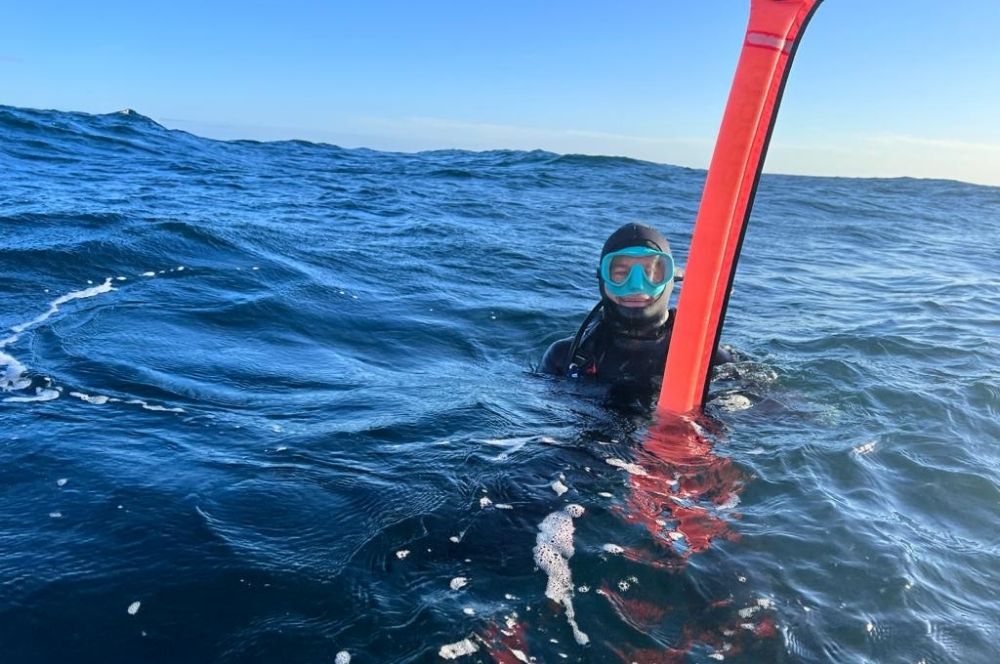
What To Do When You Surface and You Cannot See the Dive Boat
While diving, no diver wants to surface after an exhilarating dive to find no sign of the dive boat in any direction you look. On the off chance that this was to happen to you, then you should know what to do.
Do not panic.
The boat could be near, but you missed it. Even a small chop makes waves higher than your head, and unless you are looking in the right direction at the right time, you can miss a boat only thirty meters away. Inflate your BCD so that your head is as high as possible, and do a slow 360-degree inspection of the horizon.
Activate Your Signal Devices
If the boat is nowhere to be seen, it may be because the ocean swell is blocking your view of the dive boat, and the boat crew may have the same problem locating you. In these cases, audible signalling devices are especially helpful. Therefore, both a visual and an audible signalling device is considered standard equipment for recreational divers.
The key to getting noticed is being tall, vivid, and loud. Every diver ought to carry a visible signal in the form of an inflatable safety sausage (SMB). SMBs are long, vibrant tubes deployed on the surface to draw the attention of the boat crew and tell other boats you are there. Also, make use of an auditory signal like the Duo Alert air horn. Deflate your BC enough to submerge your ears before sounding it as the blast could damage your hearing.
Waiting For Help
If the dive boat has clearly departed you behind, in most cases it is best to wait where you are to be rescued. If you are near a mooring buoy, hang on to it so you do not drift. Now is the time to toss or drop your weights; you can also ditch your tank if you feel that is necessary. Keep everything else.
If you find yourself in an open ocean, watch for any passing boat or plane and be ready to signal them. Stay calm and keep physical contact with your buddy, as it’s easy to become separated in choppy seas. Keep your arms and legs close to your body to conserve body heat. Furthermore, do not give up hope. As a scuba diver, you have all the key devices to maximise your chance of rescue.
-
Shark Diving Sydney

Shark Diving Sydney…
Shark Diving Sydney - An Exciting Adventure Sharks are amazing to observe in their natural habitat. Sharks […] -
Boat Diving in Southern Sydney.
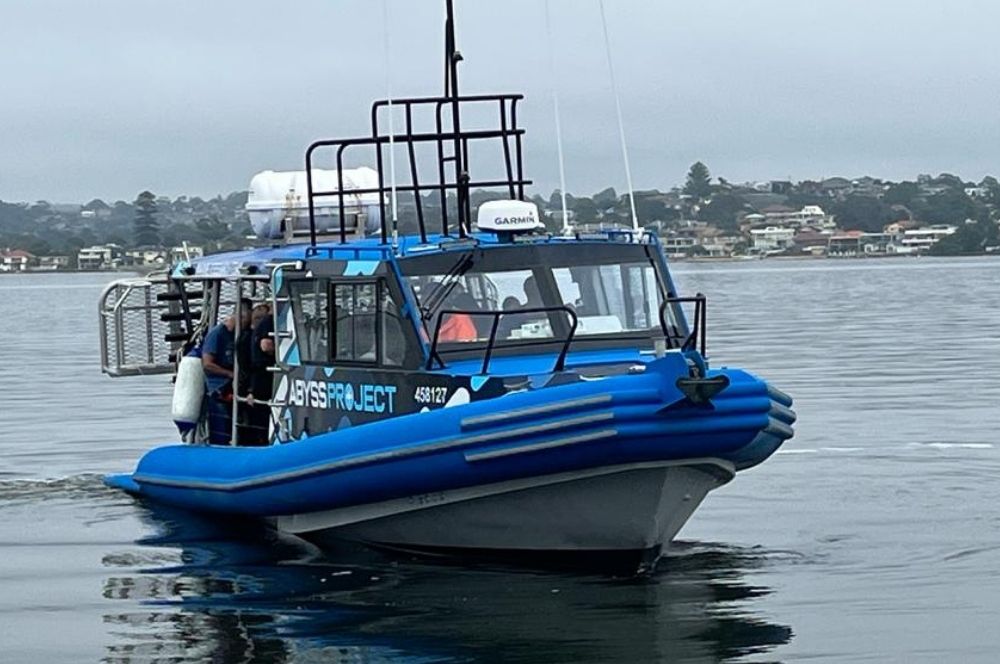
Boat Diving in Southern…
Boat Diving in Southern Sydney. Sydney's best boat diving is found in southern Sydney, which may come as […] -
5 Tips to Improve Your Dive Boat Experience
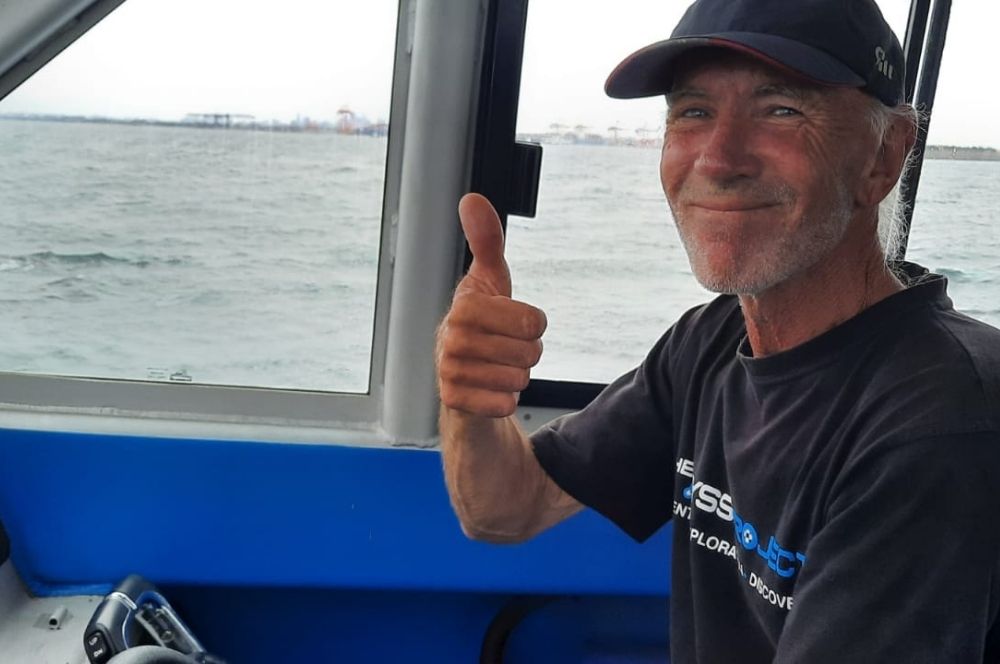
5 Tips to Improve Your…
5 Tips to Improve Your Dive Boat Experience If you are new to scuba diving or are just looking for an opportunity […] -
Tips for Motion Sickness
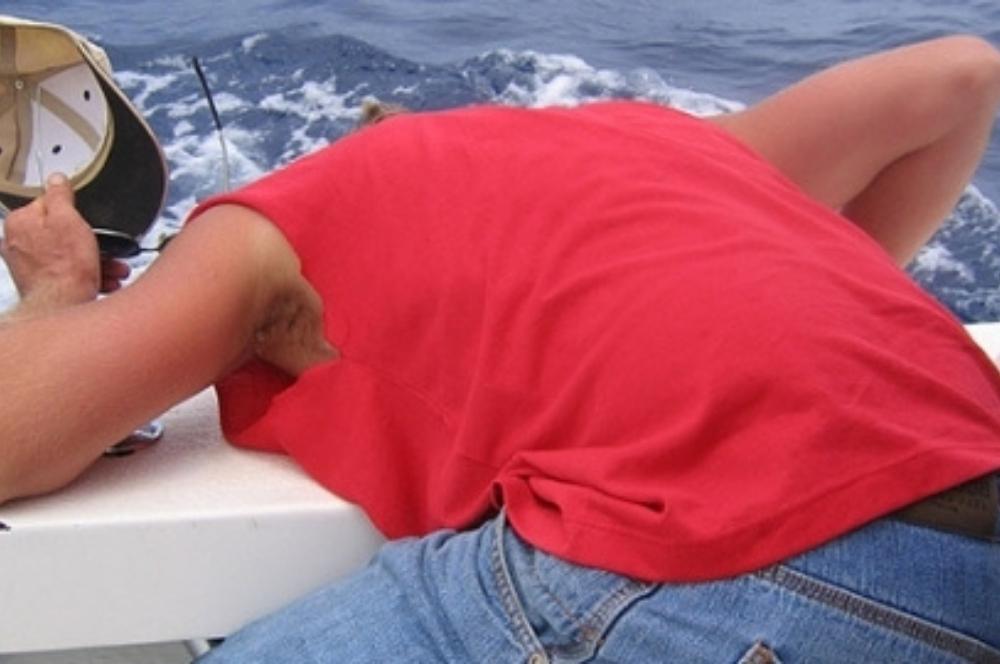
Tips for Motion Sickness
How to prepare for sea sickness If you haven’t experienced sea sickness (motion sickness), it doesn’t […]
Recent Posts
